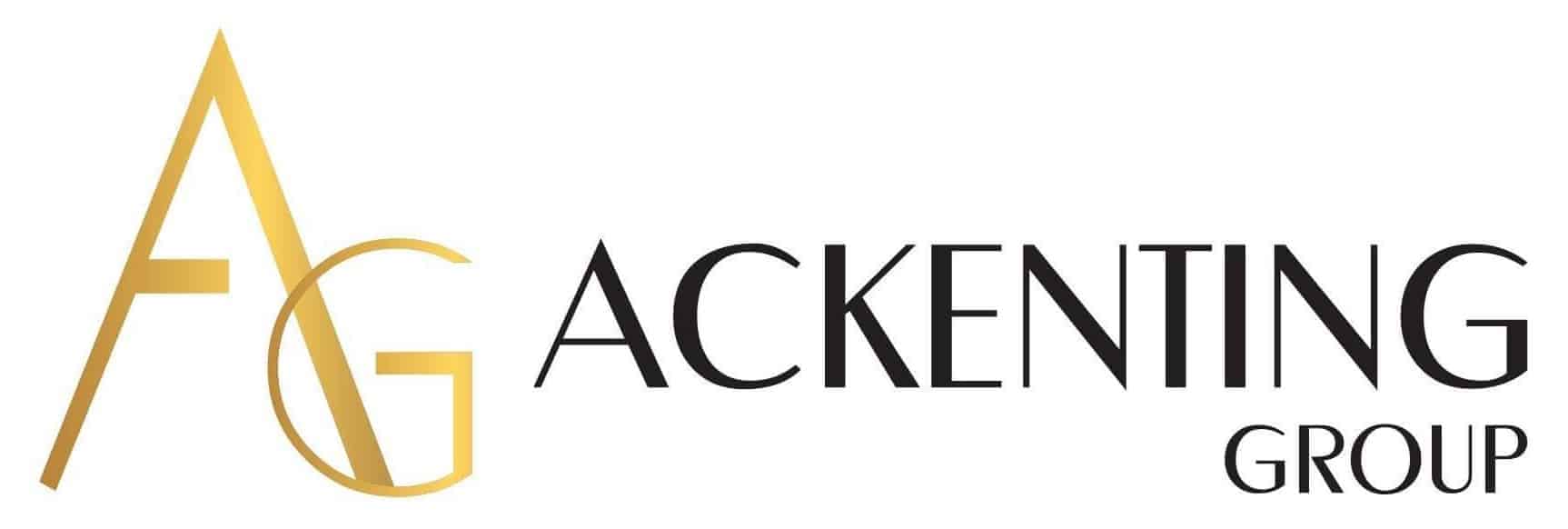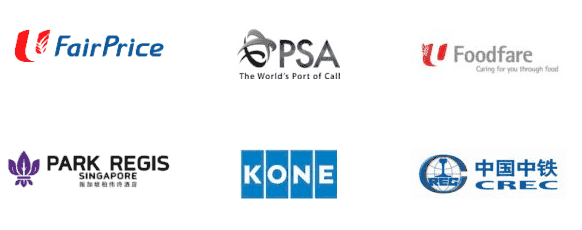When someone mentions the words “blockchain technology”, the first thing that will probably come to your mind is cryptocurrencies or non-fungible tokens (NFTs). These digital commodities are some of the hottest ticket items on the trading scene, despite the various controversies surrounding them.
However, blockchain technology has various practical applications to the future of business operations beyond the trading scene. In fact, the growing consensus among numerous industry leaders is that blockchain technology could make waves across all major areas of work – and the shift has already begun. There is a statistic to back up this claim, with blockchain projected to add as much as $1.76 trillion to the global economy by 2030.
What makes blockchain so fascinating is its automatic tracking of transactions from start to end without the need to consult any central authority tasked with encrypting the data or preserving the transaction itself. Furthermore, this is all accomplished without any human intervention.
Blockchain provides the ability to compartmentalise such processes, thereby providing transparency around the history of transactions. In addition, since blockchain is inherently unchangeable, the level of security it offers is unparalleled. This “digital ledger” enables disruptors and innovators to revolutionise typical organisational processes in multiple exciting ways. Let us share some of the applications that blockchain could have in the business sector.
Asset protection
With the continued advancement of technology, cybercrime has become an increasingly rampant issue globally, with total damages amounting to $6 trillion in 2021. Thankfully, blockchain technology could provide some much-needed relief on this front.
Blockchain is inherently decentralised, immutable, and transparent, allowing it to bestow businesses with greater transactional security. Blockchain stores data via sophisticated software and math rules that are virtually impossible to manipulate. Each block within the chain contains a hard cryptographic reference to the block before it.
Furthermore, this reference is only a small part of a bigger, more complicated mathematical problem that needs to be solved for the subsequent blocks to be brought into the network and chain. As a result, it creates a hash – a distinct and encrypted digital fingerprint – that is tamper-resistant and highly secure.
However, it is crucial to keep in mind that blockchain is far from a one-stop solution to cybercrime. Blockchain technology still relies on operating systems to run, which has many exploitable vulnerabilities. Mitigating these vulnerabilities requires organisations to ensure the integrity of their external data sources, as these fall outside the scope of blockchain.
Lowering operating expenses
By tapping into blockchain’s “smart contracts”, businesses can send and receive payments via these programmatic rules. These contracts are programmed onto a blockchain that automatically triggers the next appropriate action whenever a predetermined condition is fulfilled, making it possible to forego the involvement of financial intermediaries like brokers and escrow agents. Furthermore, the blockchain gets updated whenever a contract is fulfilled, so the completed transaction can no longer be altered.
Since smart contracts and their related actions are transparent and recorded accordingly, it is much easier to track and reconcile each transaction, thereby reducing costs. This is beneficial to global corporations since their basic administrative functions, like payroll management, can be seamlessly executed across different countries. This application will only become more and more relevant in an increasingly decentralised global workforce.
Smart contracts also help facilitate the employment of a global population that do not bank with a recognised financial institution by establishing enforceable and irreversible rights and responsibilities for all involved parties. Additionally, everyone would benefit from utilising a universally acknowledged cryptocurrency to conduct payment, which can be directly transferred to an individual instead of through an intermediary third party.
This helps to eliminate the uncertainty of receiving payment in a foreign currency, as the exchange rates fluctuate daily. However, given the volatility surrounding cryptocurrencies in today’s markets, businesses are likely still some ways away from implementing this system in the current workplaces.
Cutting out the middleman
However, blockchain technology’s impact on businesses might not be positive all around. Professionals working in settlements, banking, contracts, or any other business process that involves being the third party to any transaction may be heavily affected by the continuous adoption of blockchain technology.
This is because the technology’s cryptology essentially supplants these third-party intermediaries as the keeper of trust. By substituting these roles with mathematics, blockchain aids in reducing overhead costs and hassle for individuals or companies when trading assets.
Therefore, it is advisable for professionals who are potentially impacted by this change to equip themselves with an in-depth knowledge of cryptocurrency assets to harness the potential this technology offers and remain relevant.
One last thing to note
It is understandable that entrepreneurs are constantly on the lookout for new technology to adopt to improve their business processes. However, even as you begin to draft out your future business plan with blockchain technology in mind, it is essential for you not to overlook your company’s finances.
If you are unable to dedicate the time to maintain your company’s books, it is best to outsource your bookkeeping needs to a reliable accounting firm. At Ackenting Group, we provide a suite of affordable accounting and bookkeeping services specifically tailored to each business’s needs. Our seasoned accountants can provide you with timely and detailed updates on your business’s finances so you have the information you need to forecast your company’s growth accurately.
Conclusion
Blockchain may primarily be known as the technology behind cryptocurrencies and NFTs now, but we anticipate this technology finding its way into many applications in our personal and professional lives in the foreseeable future. In the latter case, blockchain will undoubtedly provide much-needed solutions that give businesses the edge they need to improve their processes further and gain an advantage over the competition.
If you require any assistance on accounting services, feel free to drop us an email at johnwoo@ag-singapore.com or contact us at +65-66358767. At Ackenting Group, we offer a complimentary 30 minutes online consultation for us to better understand your business requirements.














